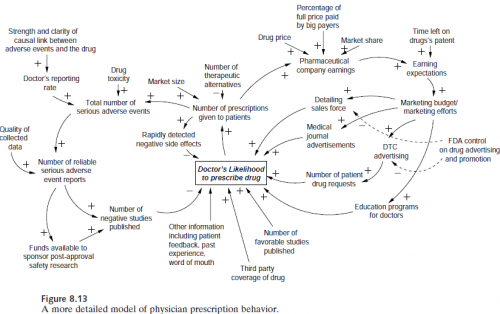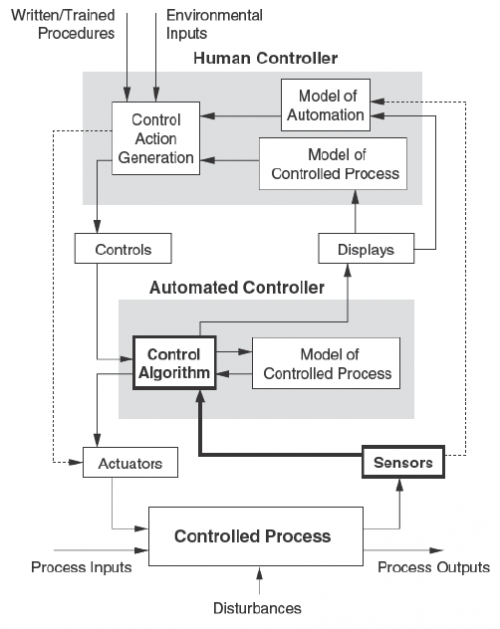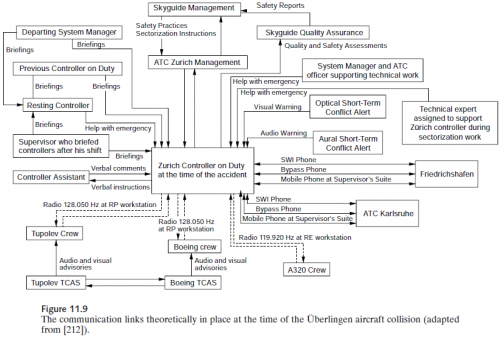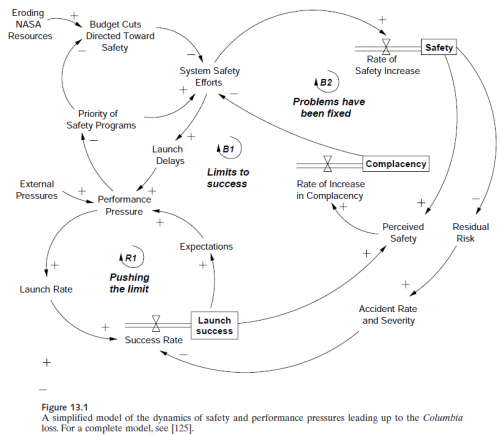I was rereading the Fifth Discipline on the way to Boston the other way, and something got me started on this. Wrath, greed, sloth, pride, lust, envy, and gluttony are the downfall of individuals, but what about the downfall of systems? Here’s my list, in no particular order:
- Information pollution. Sometimes known as lying, but also common in milder forms, such as greenwash. Example: twenty years ago, the “recycled” symbol was redefined to mean “recyclable” – a big dilution of meaning.
- Elimination of diversity. Example: overconsolidation of industries (finance, telecom, …). As Jay Forrester reportedly said, “free trade is a mechanism for allowing all regions to reach all limits at once.”
- Changing the top-level rules in pursuit of personal gain. Example: the Starpower game. As long as we pretend to want to maximize welfare in some broad sense, the system rules need to provide an equitable framework, within which individuals can pursue self-interest.
- Certainty. Planning for it leads to fragile strategies. If you can’t imagine a way you could be wrong, you’re probably a fanatic.
- Elimination of slack. Normally this is regarded as a form of optimization, but a system without any slack can’t change (except catastrophically). How are teachers supposed to improve their teaching when every minute is filled with requirements?
- Superstition. Attribution of cause by correlation or coincidence, including misapplied pattern-matching.
- The four horsemen from classic SD work on flawed mental models: linear, static, open-loop, laundry-list thinking.
That’s seven (cheating a little). But I think there are more candidates that don’t quite make the big time:
- Impatience. Don’t just do something, stand there. Sometimes.
- Failure to account for delays.
- Abstention from top-level decision making (essentially not voting).
The very idea of compiling such a list only makes sense if we’re talking about the downfall of human systems, or systems managed for the benefit of “us” in some loose sense, but perhaps anthropocentrism is a sin in itself.
I’m sure others can think of more! I’d be interested to hear about them in comments.




